1. Basic structure
The basic structure of a radial piston hydraulic motor consists of several key components: a cylindrical housing, a rotating eccentric disc, radially arranged pistons, and a mechanical structure connecting these components. The housing is usually made of high-strength materials to withstand the high-pressure hydraulic oil inside. The eccentric disc is a disc with an eccentric design, which is connected to the output shaft of the hydraulic motor and produces an eccentric effect when it rotates. The radial pistons are arranged along the radius of the disc, and they are connected to the eccentric disc through the piston rod. When the eccentric disc rotates, it drives the piston to reciprocate in the chamber, and this movement is eventually converted into the rotational movement of the output shaft. Each piston is in contact with the hydraulic oil during the working process and is pushed by the pressure of the hydraulic oil to form a conversion of mechanical energy. The precise design and manufacture of these structures are crucial to the performance of the hydraulic motor, and they determine the power output, efficiency and reliability of the motor.
2. Hydraulic oil input
The input of hydraulic oil is the starting point of the operation of the radial piston hydraulic motor. The hydraulic oil is fed into the oil inlet of the motor through the pump of the hydraulic system. After entering the motor, the hydraulic oil is distributed to different working chambers through the regulating valve. When the hydraulic oil enters each working chamber, its flow rate and pressure can be changed by the control of the regulating valve, thereby adjusting the output characteristics of the motor. The pressure of the hydraulic oil directly affects the movement of the piston and the overall performance of the motor. High-quality hydraulic oil and a good filtration system are the key to ensure the stable operation of the hydraulic motor. The hydraulic oil must be kept within the appropriate viscosity range to ensure effective power transmission and reduce wear.
3. Movement of the piston
In a radial piston hydraulic motor, the radial movement of the piston is caused by the rotation of the eccentric disk. The pressure of the hydraulic oil acts on the back of the piston, pushing the piston to reciprocate in the radial direction in the chamber. Due to the rotation of the eccentric disk, the piston will make a circular motion in each working cycle. This motion is caused by the eccentric effect of the eccentric disk. The reciprocating motion of the piston changes continuously in the chamber, thereby converting the pressure energy of the hydraulic oil into mechanical motion. This movement mode not only determines the working efficiency of the motor, but also affects its life and maintenance requirements. The material and design of the piston must be carefully calculated to ensure that it can still maintain good performance and durability under high pressure and high load conditions.
4. Function of the eccentric disc
The eccentric disc is a key component of the radial piston hydraulic motor. It causes the piston to reciprocate radially through its eccentric design. The design of the eccentric disc includes the distance between its rotation axis and the rotation center, which determines the movement amplitude of the piston and the output speed of the motor. The centrifugal force generated by the rotation of the eccentric disc causes the piston to reciprocate in the radial direction, which is converted into the rotational motion of the output shaft. The precise manufacturing of the eccentric disc is crucial to the performance of the hydraulic motor. It must ensure a high degree of balance and durability to prevent vibration and noise problems caused by uneven eccentricity. The high-precision eccentric disc design not only improves the efficiency of the motor, but also extends its service life and reduces maintenance requirements.
5. Rotation of the output shaft
The output shaft of the radial piston hydraulic motor is the core component that converts the pressure of the hydraulic oil into mechanical rotational motion. The radial movement of the piston in the chamber is transmitted to the eccentric disc through the connecting rod, and then converted into the rotation of the output shaft through the eccentric disc. The rotation of the output shaft can be used to drive various mechanical loads, such as pumps, fans, transmissions, etc. When designing, the size, material and strength of the output shaft need to be considered to ensure that it can withstand the torque and power output by the motor. The rotational stability of the output shaft directly affects the performance of the entire system. Strict quality control must be carried out during the design and manufacturing process to ensure its reliability and durability under high load and long-term operation conditions.
6. Summary of the working process
The radial piston hydraulic motor acts on the piston through the pressure of the hydraulic oil, causing it to reciprocate in the radial direction. This motion is converted into rotational motion through the eccentric disk, and finally drives the output shaft. The entire working process can be divided into four stages: hydraulic oil input, piston movement, eccentric disk action and output shaft rotation. The pressure of the hydraulic oil determines the movement intensity of the piston, the design of the eccentric disk determines the movement mode of the piston, and the reciprocating motion of the piston is converted into rotational mechanical energy. This hydraulic motor is widely used in various high-demand industrial scenarios, such as engineering machinery, aerospace and automotive industries, due to its high power density, stability and compact design. The optimization of its design can not only improve efficiency, but also improve the reliability and maintainability of the system, meeting the high performance requirements of modern industry for hydraulic drive devices.

 ENG
ENG
 English
English русский
русский Español
Español
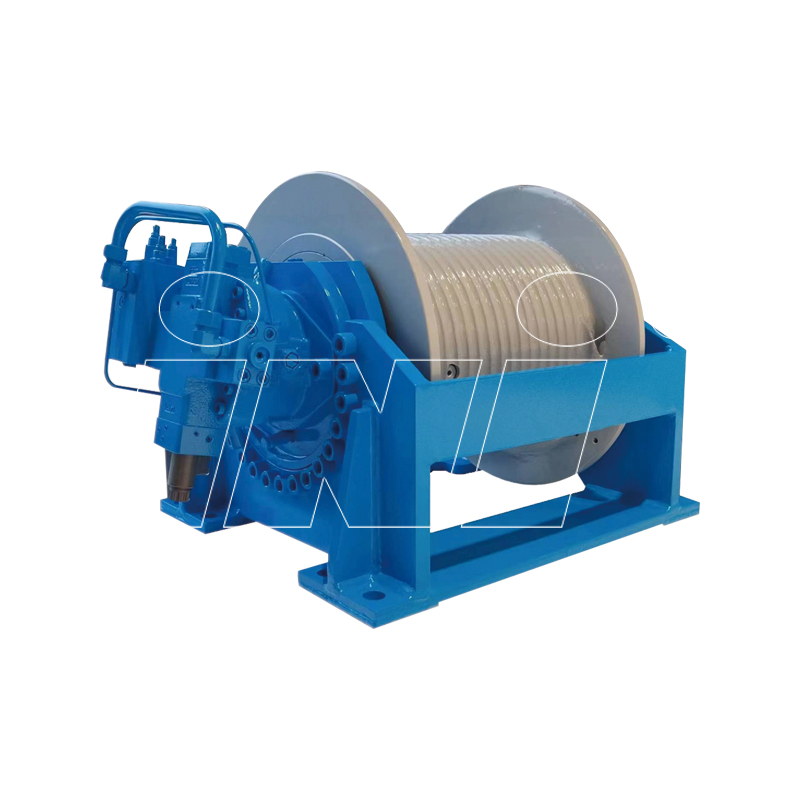
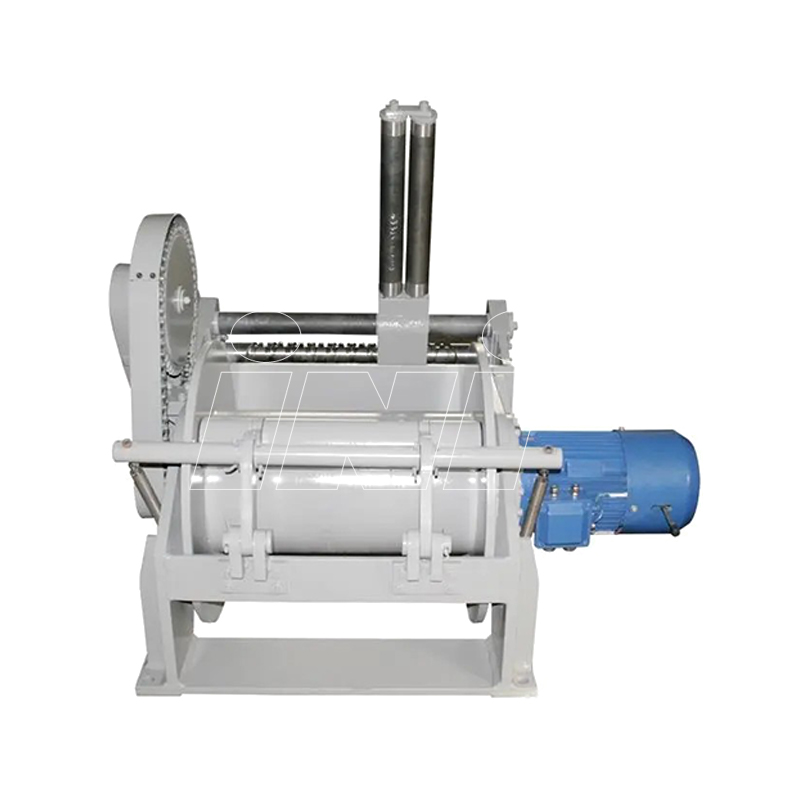
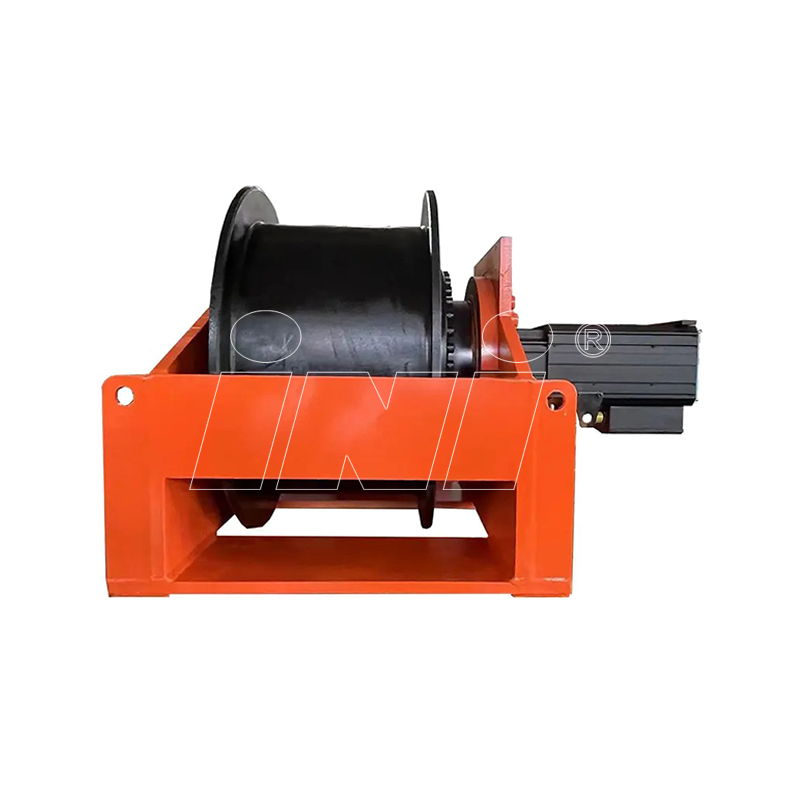

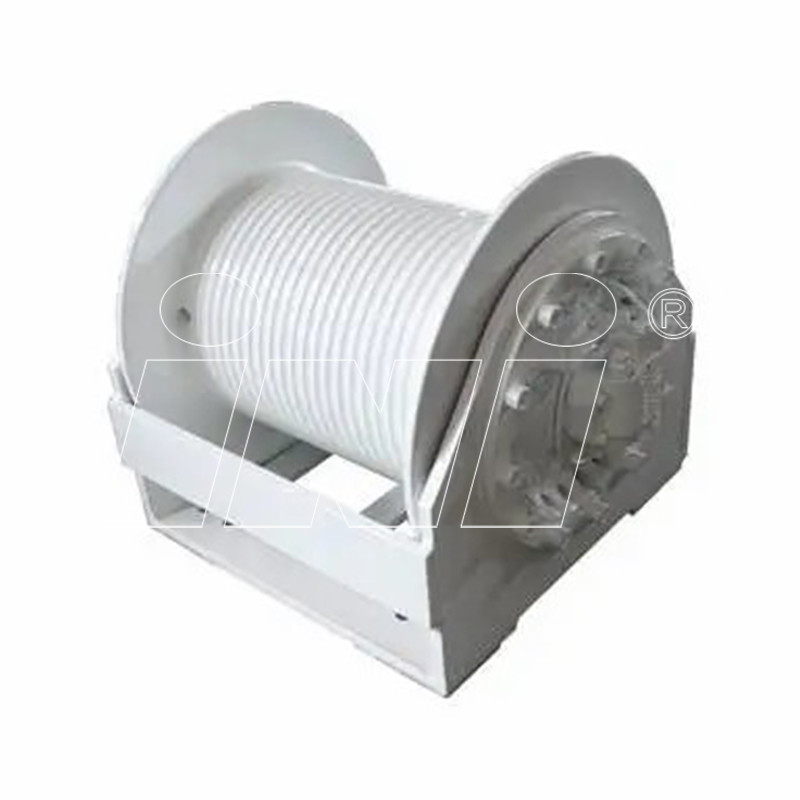
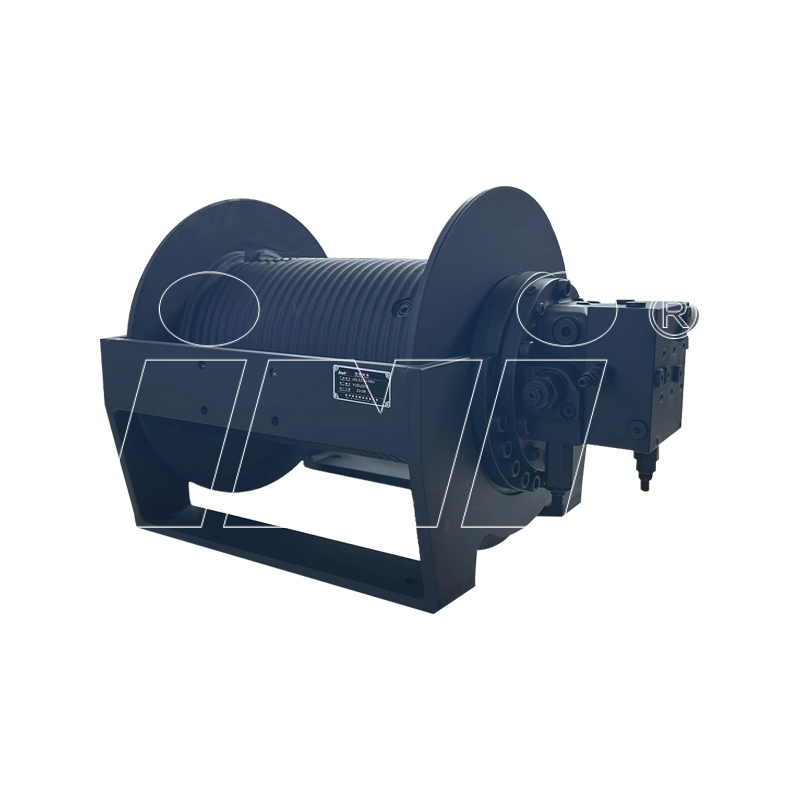
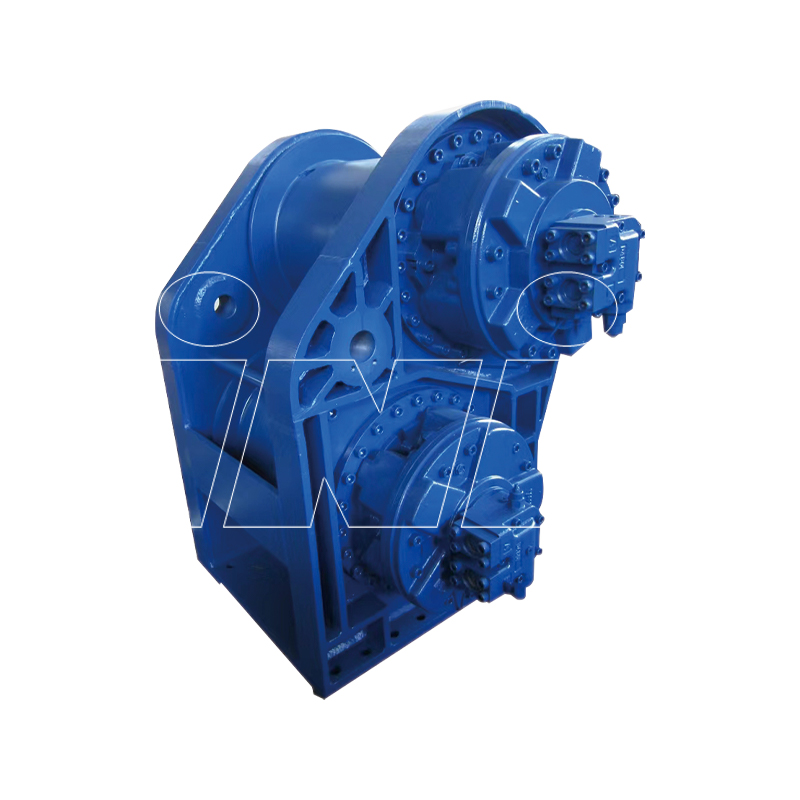

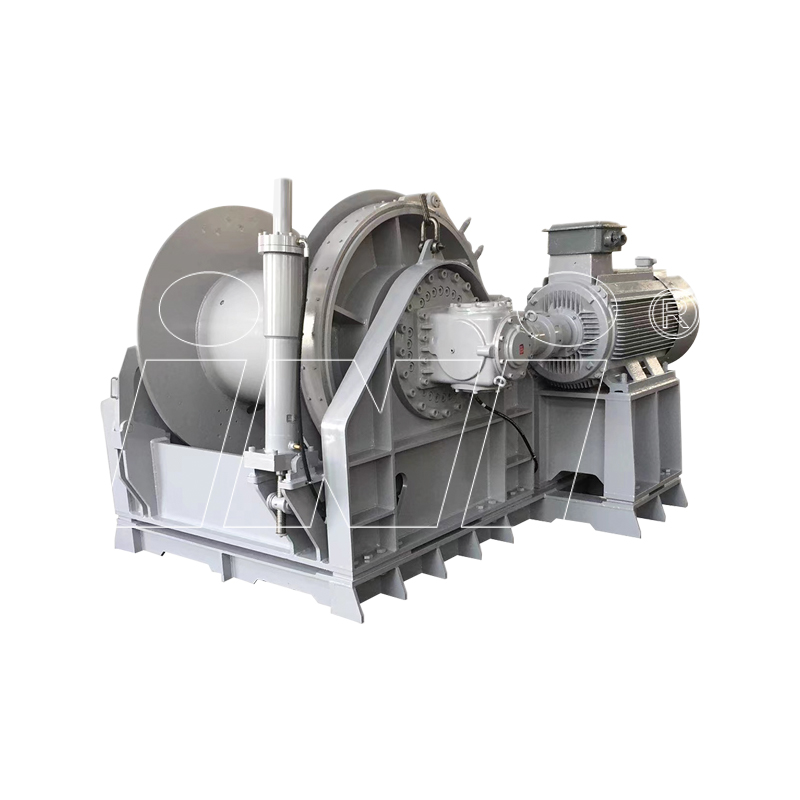





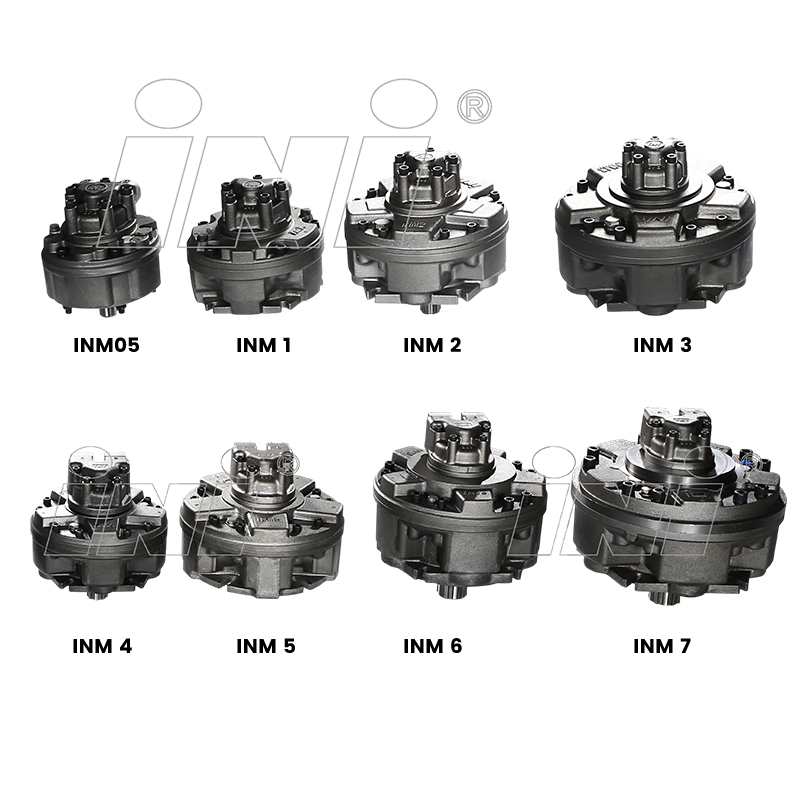

 English
English русский
русский Español
Español
 TOP
TOP